Commands
A collection of 125 posts

traceroute Command Examples in Linux
One of the most common Linux networking commands is traceroute. It is used for tracing the route to the end server. Here's how to use the traceroute command.
· Sagar Sharma

The Lesser Known Dir Command in Linux
Learn about the dir command, the less known but identical cousin of the popular ls command.
· LHB Community

Using tcpdump Command in Linux to Analyze Network
The tcpdump command is a handy utility for network analysis. Learn how to use it with some practical examples.
· Abhishek Prakash

Using ifup, ifdown, and ifquery commands in Linux
The ifup, ifpdown and ifquery are parts of the same package and help you troubleshoot the network interfaces in Linux.
· Sagar Sharma

Unlink Command in Linux
Learn about the unlink command, an alternate method of deleting files in the Linux terminal.
· Abhishek Prakash

How to Use the find Command With exec
Find works on searching files based on a number of criteria. The exec command gives you the ability to work on those results. Here are some examples of find exec command combination.
· Sagar Sharma

Search for Available Linux Commands With apropos
Can't remember a certain Linux command? Use the apropos command and search for it in the available commands.
· Abhishek Prakash

rmdir Command Examples
Learn everything about the rmdir command in Linux which is used for deleting folders in Linux command line.
· Abhishek Prakash
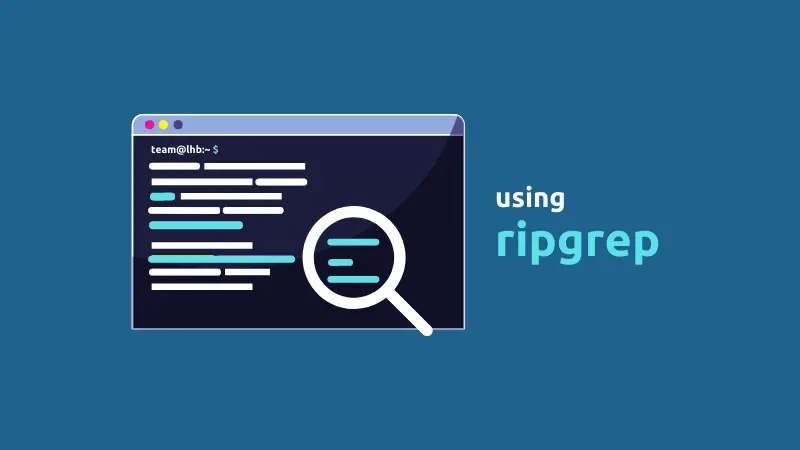
Using ripgrep (rg) Command in Linux
Rust based ripgrep may not be an exact replacement for the classic grep command, it provides plenty of useful search features like the grep command.
· Abhishek Prakash

How to Check Uptime of Your Linux Server
Stop wondering how long your system has been running. Just check its uptime with uptime command.
· Abhishek Prakash

find Command Examples
Learn the super powerful and super useful find command with these practical examples.
· Abhishek Prakash

Seq Command in Linux
Print a sequence of numbers with specified increment or format with seq command.
· Abhishek Prakash

findmnt Command Examples
Learn to use findmnt instead of mount for a more robust and customizable listing of mounted file systems.
· Eric Simard
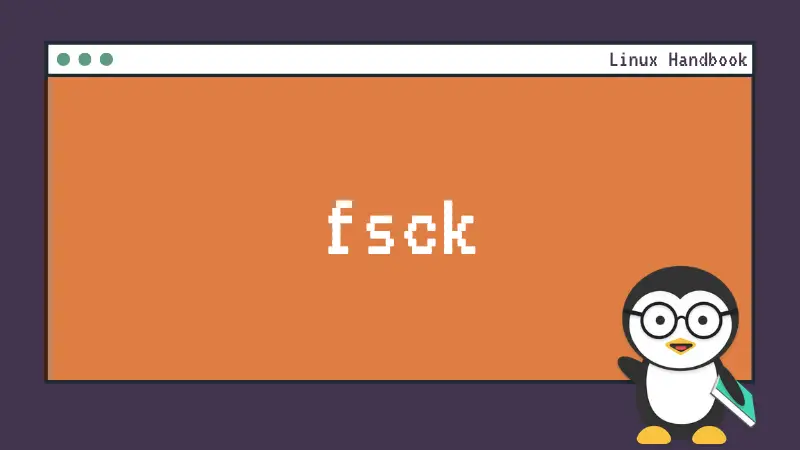
fsck Command Examples
Linux systems come with a command line utility fsck to check for file system errors. Learn how to use it.
· Christopher Murray
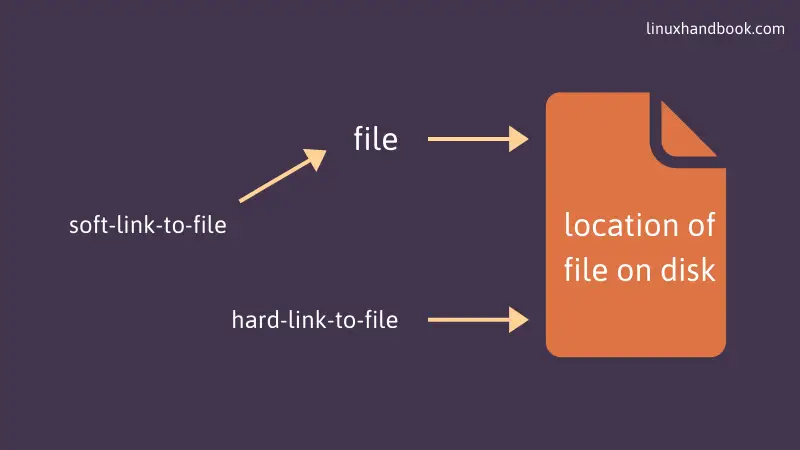
ln Command Examples
Links are one of the essential part of the Linux filesystem. Learn how to create links using ln command in this tutorial.
· Abhishek Prakash

Beginner's Guide to Analyzing Logs in Linux With journalctl Command
Beginner's guide to using journalctl commands for viewing, filtering and analyzing journal logs in Linux.
· Abhishek Prakash
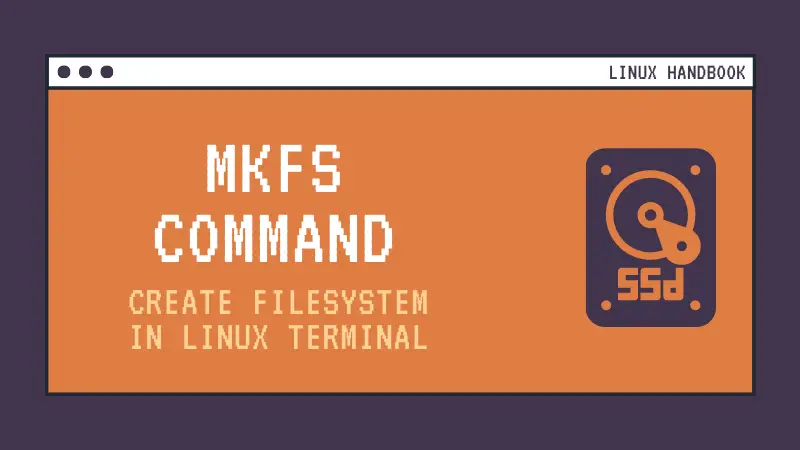
mkfs Command Examples
mkfs is the command line tool in Linux to format a disk or partition in a certain filesystem of your choice.
· Christopher Murray

passwd Command Examples
The passwd command in Linux allows you to change user password, lock accounts, expire passwords and more. Learn how to use the passwd command with practical examples.
· Christopher Murray

Using Linux Dirname Command in Bash Scripts
The dirname command in Linux extracts the directory path from a file path. Learn some practical examples of using dirname command in bash scripts.
· Abhishek Prakash

xargs Command Examples
xargs is one of the most powerful commands in Linux. In this tutorial, you'll learn to use xargs command with some practical and useful examples.
· Abhishek Prakash
![Introduction to History Command in Linux [For Beginners]](/content/images/size/w1600/2020/06/history-command-1.png)
Introduction to History Command in Linux [For Beginners]
Everything you type in the terminal is stored in the shell history. Learn how to use command history in Linux in this introduction to history command.
· Christopher Murray
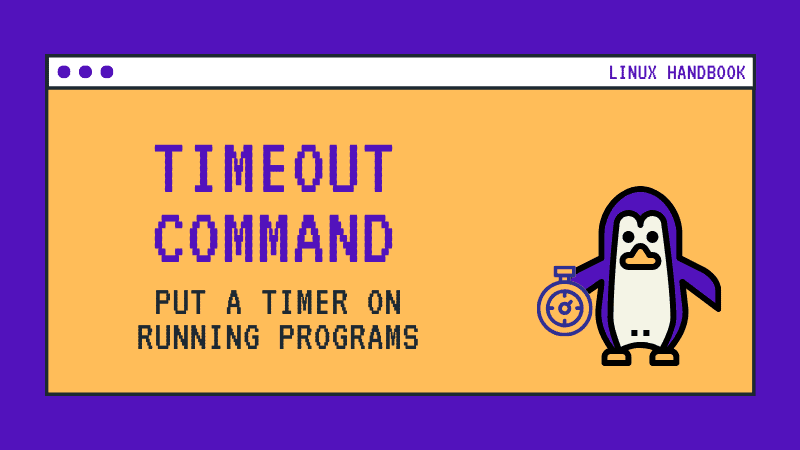
Put a Timer on Your Running Commands With Timeout Command in Linux
With the timeout command you can set a time limit on running other commands and programs. If the program runs longer than the set limit, timeout kills it. Learn how to use it.
· Abhishek Prakash

mkdir Command Examples
mkdir is one of the essential Linux commands that every Linux user should know. You can create new directories using mkdir.
· Abhishek Prakash

dd Command Examples
The dd command in Linux is a utility for copying and converting files and has many practical uses.
· Christopher Murray

Get Information About a Command With Type Command in Linux
The type command tells you whether a Linux command is built-in shell command, where is its executable located and whether it is aliased to some other command. Here's how to use the type command in Linux.
· Christopher Murray

Getting Started With Tar Command
Tar is one of the most common tool used for archiving files in Linux. Learn how to create a tarball and how to extract it in the beginner's tutorial.
· Christopher Murray

Control System Resource Usage With Ulimit Command
Ulimit is a built-in shell command designed to display, allocate, and limit resources. Learn how to use the ulimit command in Linux.
· Christopher Murray

more Command Examples
Cat command output flooding your terminal screen? Learn to use more command in Linux to view large text files.
· Christopher Murray

Check How Long A Bash Script Takes to Run With Time Command
The time command in Linux measures how long a particular command or script runs. Learn how to use this command.
· Christopher Murray
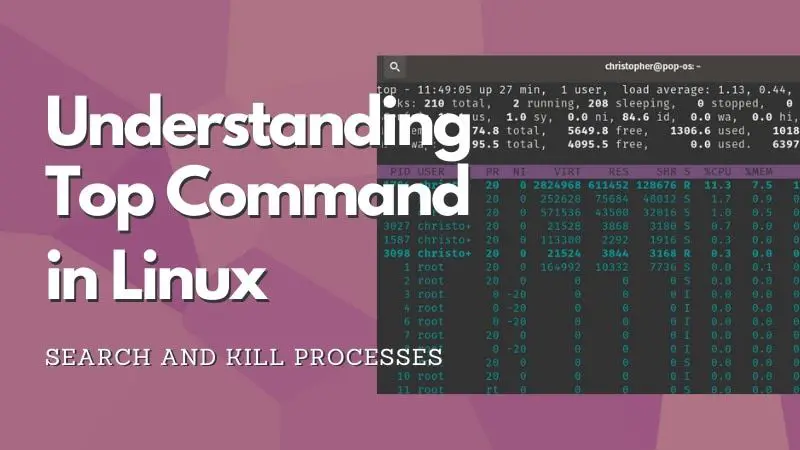
top Command Examples
The top command provides a quick look at system resources and processes. You can also control it to use it as the task manager in Linux terminal.
· Christopher Murray